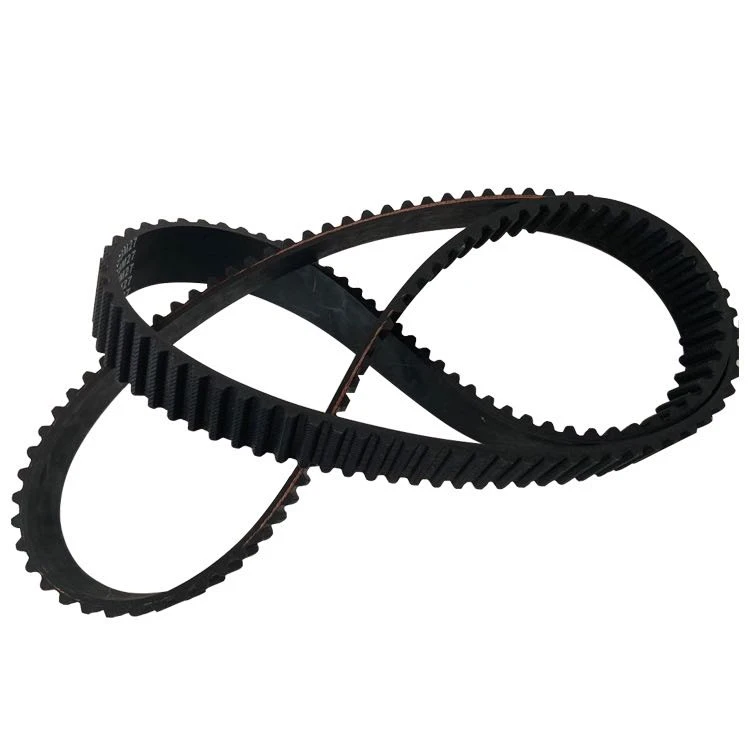- Arabic
- French
- Russian
- Spanish
- Portuguese
- Turkish
- Armenian
- English
- Albanian
- Amharic
- Azerbaijani
- Basque
- Belarusian
- Bengali
- Bosnian
- Bulgarian
- Catalan
- Cebuano
- Corsican
- Croatian
- Czech
- Danish
- Dutch
- Afrikaans
- Esperanto
- Estonian
- Finnish
- Frisian
- Galician
- Georgian
- German
- Greek
- Gujarati
- Haitian Creole
- hausa
- hawaiian
- Hebrew
- Hindi
- Miao
- Hungarian
- Icelandic
- igbo
- Indonesian
- irish
- Italian
- Japanese
- Javanese
- Kannada
- kazakh
- Khmer
- Rwandese
- Korean
- Kurdish
- Kyrgyz
- Lao
- Latin
- Latvian
- Lithuanian
- Luxembourgish
- Macedonian
- Malgashi
- Malay
- Malayalam
- Maltese
- Maori
- Marathi
- Mongolian
- Myanmar
- Nepali
- Norwegian
- Norwegian
- Occitan
- Pashto
- Persian
- Polish
- Punjabi
- Romanian
- Samoan
- Scottish Gaelic
- Serbian
- Sesotho
- Shona
- Sindhi
- Sinhala
- Slovak
- Slovenian
- Somali
- Sundanese
- Swahili
- Swedish
- Tagalog
- Tajik
- Tamil
- Tatar
- Telugu
- Thai
- Turkmen
- Ukrainian
- Urdu
- Uighur
- Uzbek
- Vietnamese
- Welsh
- Bantu
- Yiddish
- Yoruba
- Zulu
دسامبر . 13, 2024 09:52 Back to list
Understanding the Functionality and Benefits of Synchronous Timing Belts in Machinery
The Importance of Synchronous Timing Belts in Modern Machinery
In the realm of modern machinery and automotive engineering, the synchronous timing belt plays a crucial role in ensuring the efficient and reliable operation of various systems. This sophisticated component is key to controlling the timing of engine operations, but its applications extend far beyond vehicles, permeating various types of industrial machinery, robotics, and automation systems. Understanding synchronous timing belts involves an exploration of their design, functionality, and significance in maintaining peak performance in mechanical systems.
What is a Synchronous Timing Belt?
A synchronous timing belt is a toothed rubber belt designed to synchronize the rotation of shafts, ensuring that components operate in harmony. Unlike traditional V-belts, which can slip and lead to discrepancies in timing, synchronous belts have teeth that interlock with corresponding grooves on the pulleys. This design eliminates slippage, providing accurate and consistent motion transfer. Commonly made from materials like neoprene or polyurethane, synchronous belts often incorporate reinforcing fibers to enhance strength and durability.
The Role of Synchronous Timing Belts in Engines
In automotive applications, synchronous timing belts are vital to engine functionality. They synchronize the rotation of the crankshaft and camshaft, making sure that the engine’s valves open and close at the proper times during the combustion cycle. A well-timed engine promotes efficiency, power, and reduced emissions, making the timing belt an indispensable component in modern vehicles. Typically, manufacturers recommend periodic replacement of timing belts (often around 60,000 to 100,000 miles) to prevent the risk of belt failure, which can result in severe engine damage.
Industrial Applications
synchronous timing belt

The usefulness of synchronous timing belts is not limited to automotive engineering. In manufacturing and automation, these belts are utilized in conveyor systems, robotics, and CNC machines. Their precise timing capabilities enhance the operational efficiency of these machines, allowing for more accurate production cycles. For instance, in a conveyor system, a synchronous timing belt ensures that products are moved through various stages of processing without delays or misalignment. This precision is essential for industries that demand high levels of accuracy, such as electronics and pharmaceuticals.
Advantages of Using Synchronous Timing Belts
The advantages of synchronous timing belts are numerous. Firstly, their precise timing capabilities eliminate torque loss caused by slippage, which enhances the overall performance of machinery. Secondly, synchronous belts tend to operate more quietly than other types of drive systems, reducing noise pollution in industrial settings. Additionally, due to their construction, these belts require minimal maintenance. They are less susceptible to wear and tear than chains or V-belts, which means longer service intervals and lower operational costs over time.
Choosing the Right Synchronous Timing Belt
Selecting the appropriate synchronous timing belt involves understanding the specific requirements of the application. Factors such as load, speed, and environmental conditions play a significant role in determining which type of belt is most suitable. One must also consider the length and width of the belt, as well as the number of teeth on the pulleys involved. Consultations with manufacturers and experts can provide valuable insights into the optimal choice for ensuring longevity and efficiency.
Conclusion
Synchronous timing belts are integral to the functionality and efficiency of many modern mechanical systems. From ensuring the smooth operation of automotive engines to enhancing the reliability of industrial machinery, these components offer critical advantages that impact performance and maintenance. As technology evolves, the design and application of synchronous timing belts will continue to progress, further solidifying their place as a vital element in the machinery of the future. With their blend of precision, durability, and low-maintenance characteristics, synchronous timing belts warrant recognition as one of engineering's unsung heroes. Whether in vehicles or machinery, the reliability of synchronous timing belts is a testament to their importance in driving innovation and performance across a myriad of applications.
-
Korean Auto Parts Timing Belt 24312-37500 For Hyundai/Kia
NewsMar.07,2025
-
7PK2300 90916-T2024 RIBBED BELT POLY V BELT PK BELT
NewsMar.07,2025
-
Chinese Auto Belt Factory 310-2M-22 For BMW/Mercedes-Benz
NewsMar.07,2025
-
Chinese Auto Belt Factory 310-2M-22 For BMW/Mercedes-Benz
NewsMar.07,2025
-
90916-02660 PK Belt 6PK1680 For Toyota
NewsMar.07,2025
-
drive belt serpentine belt
NewsMar.07,2025

